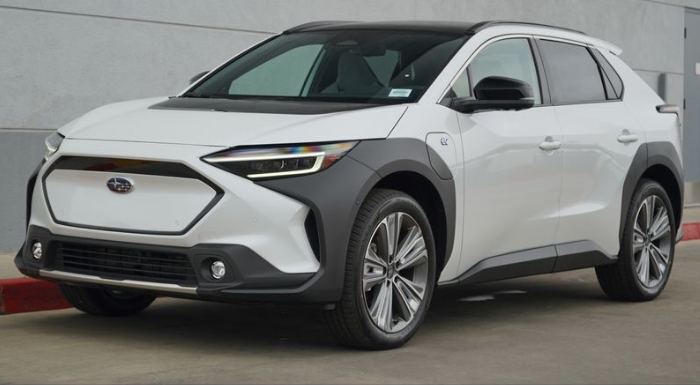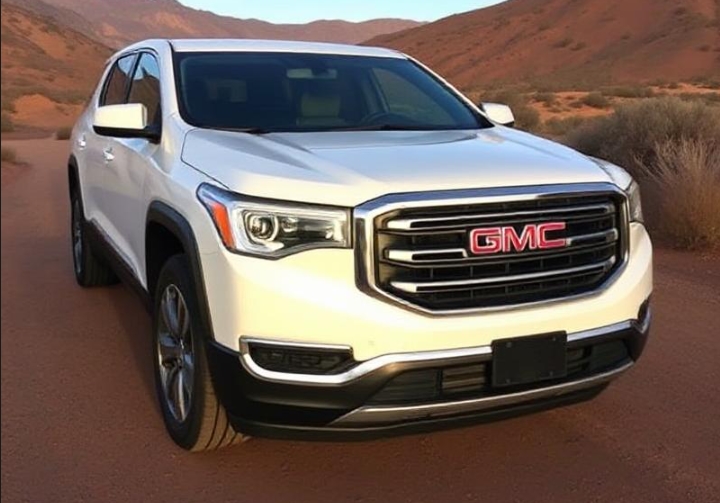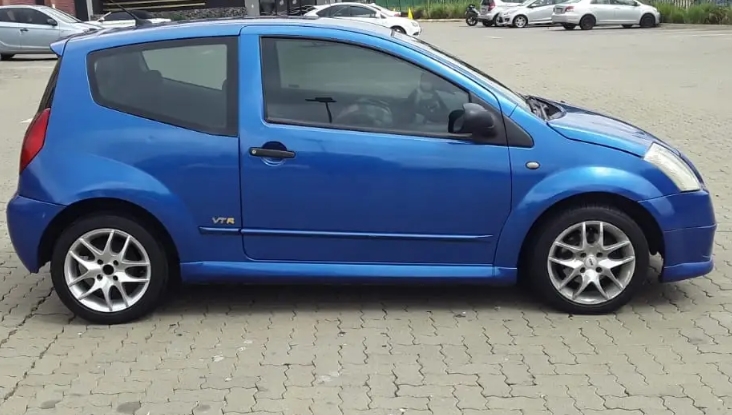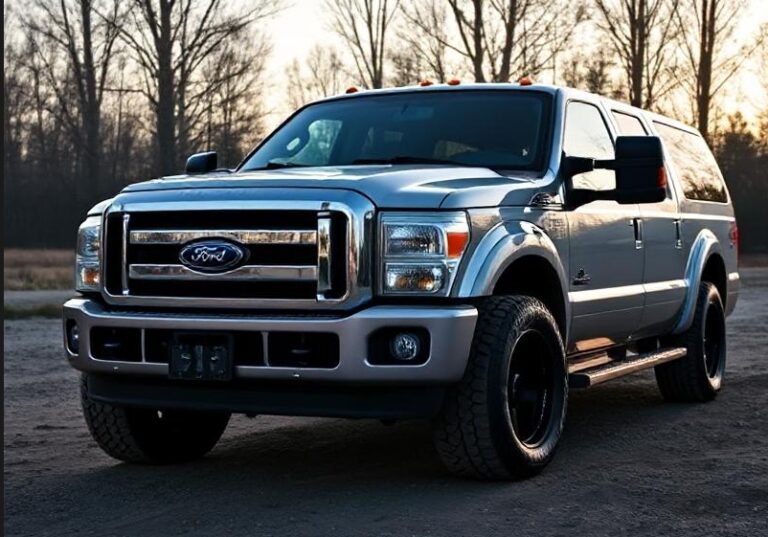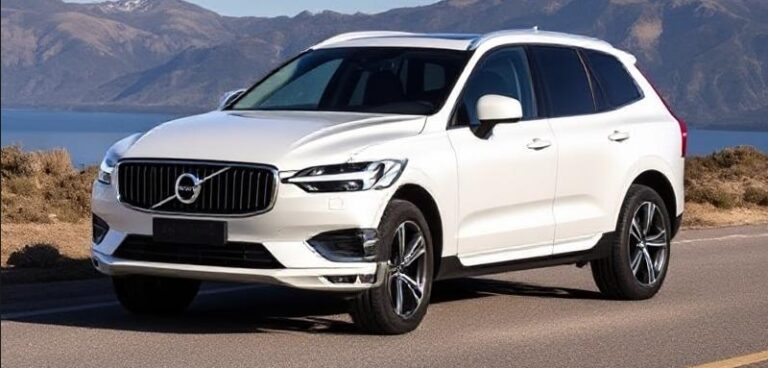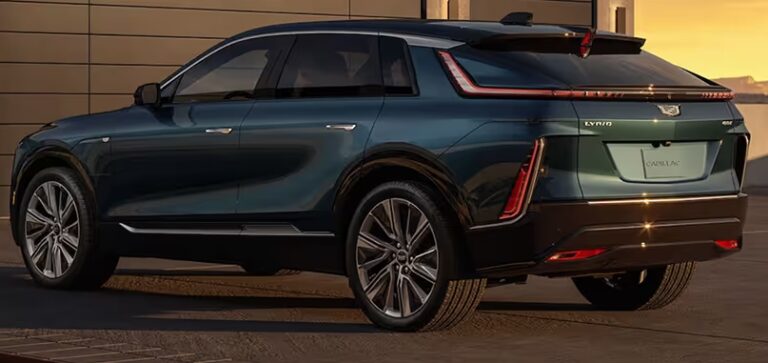The Quiet Revolution: Charting the Evolution of the Subaru Solterra
For decades, the name Subaru has been synonymous with the distinct, rumbling cadence of the boxer engine and the go-anywhere confidence of Symmetrical All-Wheel Drive. It’s a brand built on a foundation of mechanical simplicity, rugged capability, and a fiercely loyal following. So, when Subaru announced its first-ever global all-electric vehicle, the Solterra, it wasn’t just launching a new car; it was signaling a seismic shift in its very identity. The evolution of the Solterra, though brief in years, represents the culmination of a long, deliberate journey for the automaker—a transition from optimizing combustion to embracing electrification, all while striving to retain the core DNA that defines a Subaru.
The Pre-Electric Genesis: Subaru’s Eco-Conscious Stirrings
To understand the Solterra, one must first understand Subaru’s incremental approach to environmental technology. Long before the EV boom, Subaru was one of the first manufacturers to offer PZEV (Partial Zero Emission Vehicle) rated vehicles across its lineup. These cars, while still gasoline-powered, featured advanced catalytic converters and engine tuning that made their tailpipe emissions in some conditions cleaner than the ambient air in polluted cities. This was Subaru’s first major nod to a greener future.
The next logical step was hybridization. The brand dipped its toes in the water with the short-lived Crosstrek Hybrid (2014-2016), a mild hybrid that offered a modest efficiency boost. It was a tentative first effort, but the lessons learned paved the way for the much more advanced Crosstrek Plug-in Hybrid, introduced for the 2019 model year. This model, using Toyota’s hybrid system technology, offered a glimpse into the power of collaboration and provided Subaru with crucial experience in battery management and electric motor integration. It was the final stepping stone before the full leap into the all-electric world.
The Strategic Alliance: The Birth of the e-Subaru Global Platform
The development of a dedicated EV from the ground up is a monumental and costly undertaking. Recognizing this, Subaru leveraged its long-standing partnership with Toyota. The two automotive giants co-developed a flexible, dedicated EV architecture known officially as the e-Subaru Global Platform (a Subaru-branded version of Toyota’s e-TNGA platform).
This collaboration was a masterstroke of strategic efficiency. Toyota brought its immense scale, manufacturing prowess, and deep expertise in battery technology and electric powertrain development. Subaru, in turn, brought its legendary all-wheel-drive engineering acumen. Subaru engineers were deeply involved in tuning the platform’s dynamics, ensuring the final product would deliver the stability, control, and all-weather capability expected of their brand. The result of this union was a pair of automotive siblings: the Toyota bZ4X and the Subaru Solterra. While sharing a skeleton, each would be imbued with its own brand-specific character.
The First Generation: Model Year 2023
The Subaru Solterra made its official debut for the 2023 model year, arriving in dealerships in mid-2022. It was a landmark moment, representing Subaru’s definitive entry into the mainstream EV market.
Core Specifications (2023):
Powertrain: Dual permanent-magnet synchronous AC motors (one front, one rear).
Drivetrain: Subaru Symmetrical All-Wheel Drive (EV version).
Horsepower: 215 hp.
Torque: 249 lb-ft.
Battery: 72.8 kWh lithium-ion battery pack.
EPA-Estimated Range: Up to 228 miles.
Ground Clearance: 8.3 inches.
Key Feature: Standard X-MODE with Grip Control for enhanced off-road and low-traction capability.
From its launch, the Solterra was positioned not as the EV with the longest range or the fastest acceleration, but as the most capable and adventure-ready EV in its class. The 8.3 inches of ground clearance and the sophisticated X-MODE system were non-negotiable features, designed to reassure the Subaru faithful that this new electric vehicle was still, fundamentally, a Subaru.
Trim Levels (2023):
The inaugural model year was offered in three distinct trim levels:
Premium: The entry-level model was generously equipped, establishing a high baseline for the lineup. Standard features included an 8-inch touchscreen infotainment system with wireless Apple CarPlay and Android Auto, heated front seats, dual-zone automatic climate control, and Subaru’s full suite of EyeSight Driver Assist Technologies.
Limited: This mid-tier trim added a significant number of comfort and technology upgrades. Key additions included a larger 12.3-inch high-resolution touchscreen, a 360-degree Surround View Camera, a premium Harman Kardon audio system, StarTex water-repellent upholstery, a heated steering wheel, heated rear outboard seats, and practical features like fog lights and roof rails.
Touring: The top-of-the-line Touring trim built upon the Limited, focusing on luxury and premium aesthetics. Its exclusive features included a panoramic fixed-glass roof with a power sunshade, ventilated front seats, a digital rearview mirror with a rear-camera view, interior accent lighting, and available two-tone exterior paint options.
Despite a successful launch, the 2023 model faced some initial headwinds, including a recall concerning wheel hub bolts and critiques regarding its DC fast-charging speed, particularly in colder temperatures.
The Refinement Phase: Model Year 2024
True to the principle of “kaizen” (continuous improvement) often seen in Japanese manufacturing, Subaru quickly addressed the feedback from the Solterra’s first year on the market. The 2024 model year marked the first significant evolution of the vehicle, focusing on tangible improvements to performance and convenience.
Key Evolutions for 2024:
Improved Charging Performance: The most critical update was a revamped battery conditioning system. This allowed the Solterra to warm its battery more effectively in cold weather, drastically improving DC fast-charging times. Subaru estimated a charge from 10% to 80% could now be achieved in as little as 35 minutes under optimal conditions, a significant improvement over the previous model.
Redesigned Steering Wheel: The steering wheel was updated to include driver-selectable regenerative braking paddles. This gave drivers more control over the vehicle’s deceleration and energy recapture, a feature popular with experienced EV drivers.
Standard Roof Rails: Recognizing their customers’ active lifestyles, Subaru made the roof rails, previously available only on the Limited and Touring trims, standard equipment across the entire lineup. This enhanced the vehicle’s cargo-carrying capacity, allowing all Solterra owners to easily mount bike racks, ski carriers, or cargo boxes.
Advanced Driver-Assist Features: The EyeSight system was enhanced with a new feature: Hands-Free Driving at speeds up to 25 mph in certain traffic jam conditions. It also gained Lane Change Assist and Front Cross Traffic Alert, further bolstering its safety credentials.
Trim Levels (2024):
The trim structure remained the same (Premium, Limited, Touring), but the value proposition of each was enhanced by the standard updates. The base Premium model, in particular, became a more compelling option with the addition of the standard roof rails and the improved charging architecture.
Continued Advancement: Model Year 2025
For the 2025 model year, Subaru focused on consolidating the successful updates of 2024 while making minor tweaks. The evolution became less about revolutionary hardware changes and more about refining the user experience.
Key Evolutions for 2025:
Faster Level 2 Charging: While the DC fast-charging improvements were the highlight of 2024, the 2025 model saw its Level 2 (AC) charging time improve. A full charge from empty could now be achieved in approximately 9.5 hours, down from 11 hours, making overnight charging more convenient.
Software and Usability Tweaks: Minor software updates continued to refine the infotainment system and vehicle controls, contributing to a smoother and more intuitive user experience.
The trim levels—Premium, Limited, and Touring—carried over into the 2025 model year with their feature sets largely unchanged from the well-received 2024 lineup. This period can be seen as the Solterra reaching a state of maturity in its first generation, having addressed initial critiques and solidified its position in the market.
.
RepairSurge Online Repair Manuals Replace Bulky Books With Reliable Digital Information!
Faster And Cheaper Than Traditional Printed Manuals, Users Get Instant Access To The Repair Information They Need For Any Car, Truck, Van or SUV:
.
The Solterra’s Evolving Legacy
The evolution of the Subaru Solterra is a story not of radical redesigns, but of thoughtful, iterative improvement. In just a few short model years, it has transformed from a promising but slightly flawed first effort into a refined and highly competitive electric SUV. It successfully translated Subaru’s core values—all-wheel-drive capability, safety-first design, and rugged practicality—into a new, silent, and zero-emission format.
The Solterra’s journey is a microcosm of the evolution of Subaru itself. It demonstrates a willingness to embrace change and form strategic partnerships while refusing to abandon its foundational principles. It may not have the longest range or the most blistering acceleration in the EV space, but for the loyal Subaru driver looking to transition to electric without giving up their weekend trips to the mountains or their confidence in a snowstorm, the Solterra has evolved to become exactly what it needs to be: a true Subaru, powered by the future.
